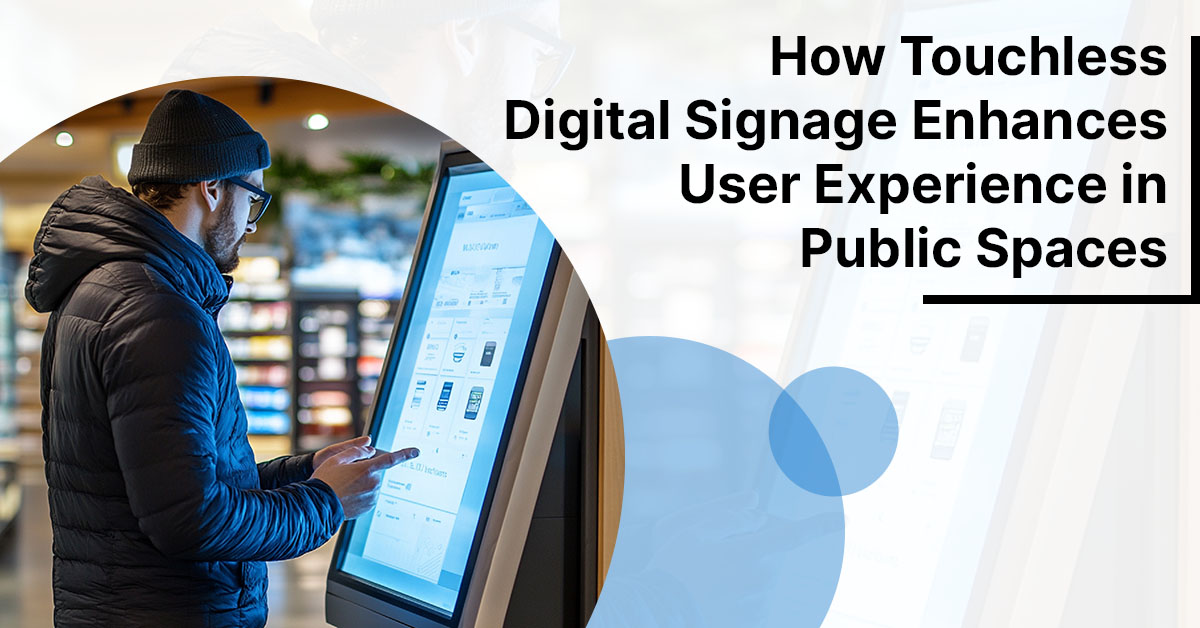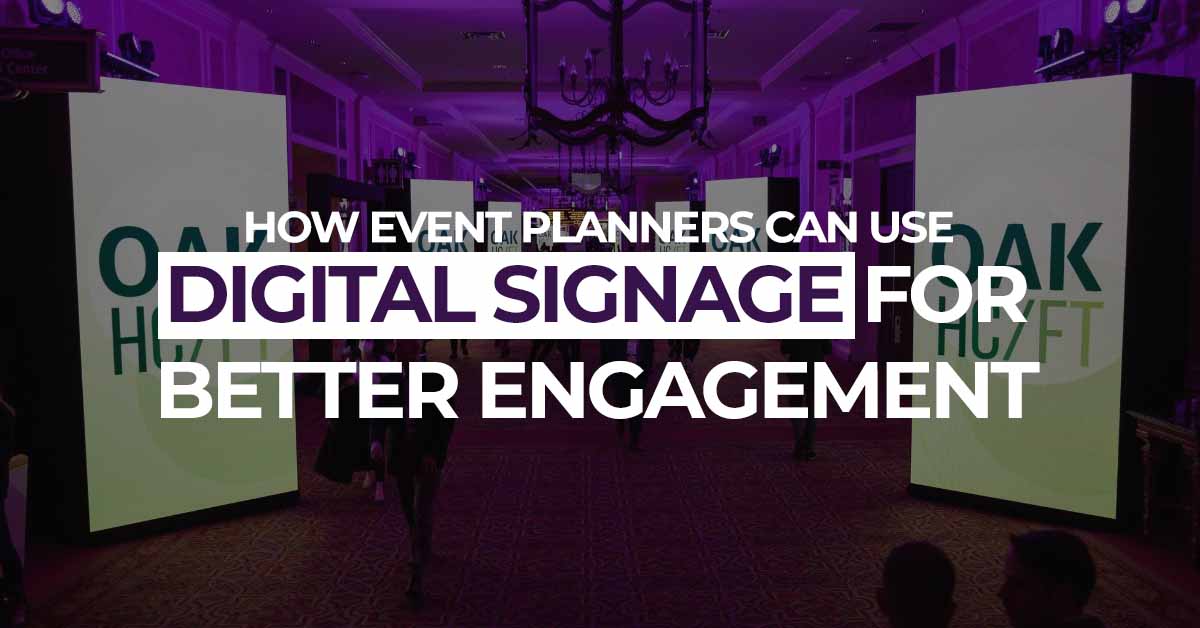Touchless digital signage is enhancing the user experience within public environments by providing a means of user interaction with information and services through contactless interaction with hygiene and access but without compromise in terms of the experience from being dynamic owing to gesture recognition, voice command, and the monitoring of vicinities that makes it even a better option to be used as more convenient and user-friendly for high traffic areas like an airport, and hospital and retail environment. Hitech Vision further goes ahead to integrate the latest AI-driven analytics that can process data in real time and offer experiences. Touchless digital signage can thus be made to adapt and respond intelligently to users’ needs, thereby improving the overall interaction.
What is Touchless Digital Signage?
Touchless digital signage is essentially a technology-based system of digital display that allows interactivity, meaning users may interact with content without touching the screen. Often, this can be achieved using motion sensors, gestures, or proximity sensors that detect user movement and then trigger a response that provides a non-touch approach toward interactive information, advertisements, or even an interactive form of content. This is at a fitting juncture, as it minimizes the hand-to-screen contact, which has become ever more important in this hygiene-conscious world. To make such advancements possible for Chennai-based businesses, our LED Sign Boards in Chennai?offer high-quality, customizable digital signage solutions.
Key Features and Benefits of Touchless Digital Signage
Hygiene and Safety Enhancement
The COVID-19 pandemic alerted the world to the fact that control over touch in public spaces can save people from most of the undesirable situations. Touchless digital signage restricts the user from touching shared surfaces when he or she wants to retrieve some information or view advertisements. This can be very productive in high traffic places like airports, shopping malls, and even hospitals, where thousands of people cross over the area every day. Touchless systems will make sure the hygiene standards are maintained, and it’ll reduce the risk of further spreading germs. Therefore, it’s an essential addition to these signs in this post-pandemic world.?
Touchless digital?
?signage is way more colorful and interactive compared to static traditional displays.Users can change what is displayed or zoom in on information or browse through several options without touching the screen through gesture-based interaction. For instance, in a shopping mall, the customer can use his hand wave to scroll down a directory or see information regarding a product. The interactivity of the displays makes users spend more time with the content and, as such, likely to undertake actions such as making a purchase, seeking more information, or navigating around a building.For example, content can be tailored based on the identity or demographic of the viewer through facial recognition or proximity sensors.
Digital signage?
Retail settings can identify particular customer profiles and present those customers with targeted ads and promotions. In airports, touchless screens can deliver flight status updates or wayfinding information based on the user’s location – highly relevant and real-time. Better accessibility of all the benefits that touchless digital signage can provide, better accessibility is assured.
Future of Touchless Digital signage?
The future of touchless digital signage refers to a trend where digital displays will primarily interact with users through non touch methods like hand gestures, voice commands,proximity sensors or facial recognition the need to physically touch the screen,prioritizing hygiene essentially making digital signage more interactive and accessible without physical contact.
Touchless digital signage is the future of customer engagement in public spaces and can offer a long list of advantages from hygiene and safety to improved interactivity and personalization. This technology will be a necessary part of business strategies for industries looking to enhance their offerings. As it becomes more accessible, it can be expected to be more widely available in all sectors, changing the way people interact with their surroundings.






